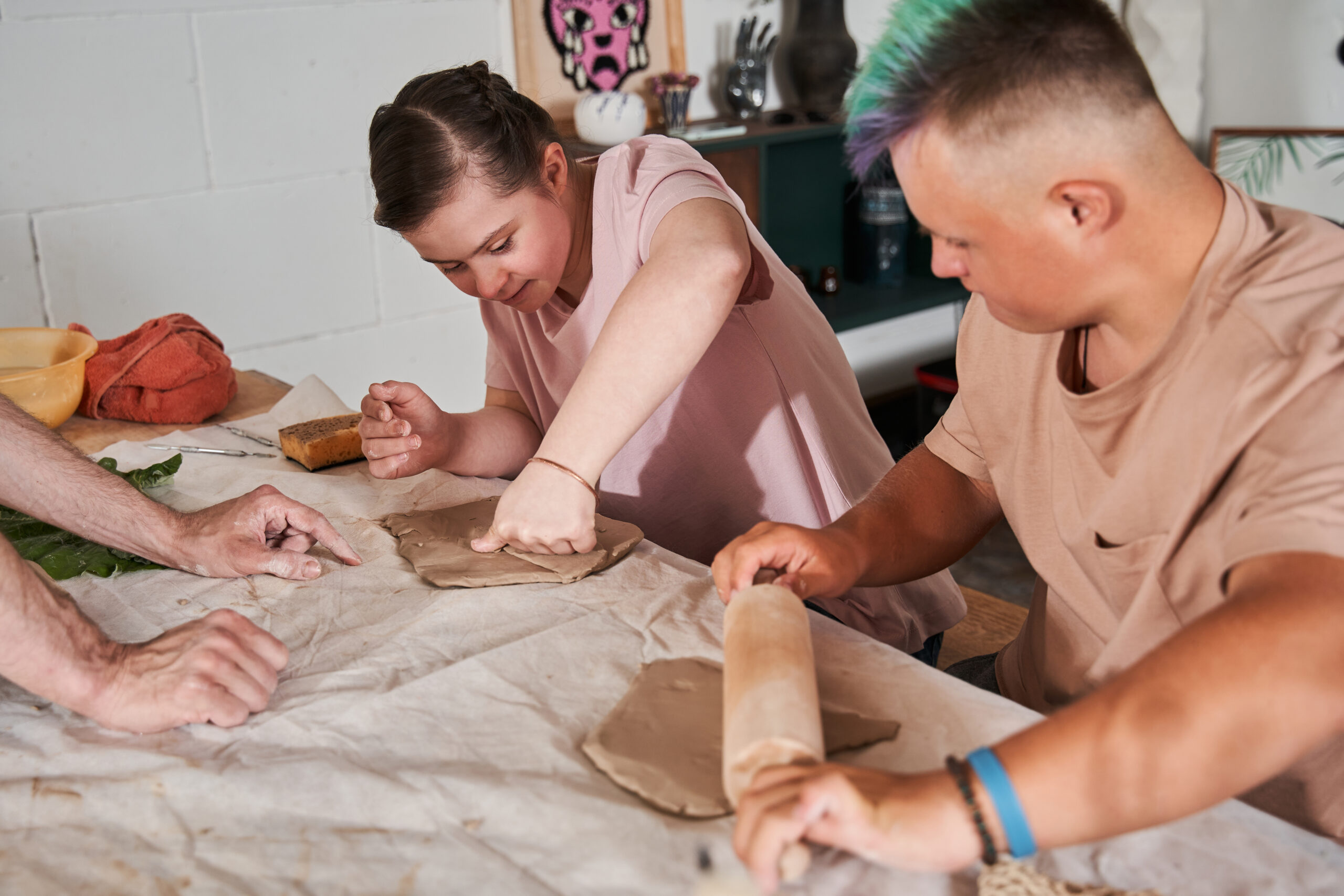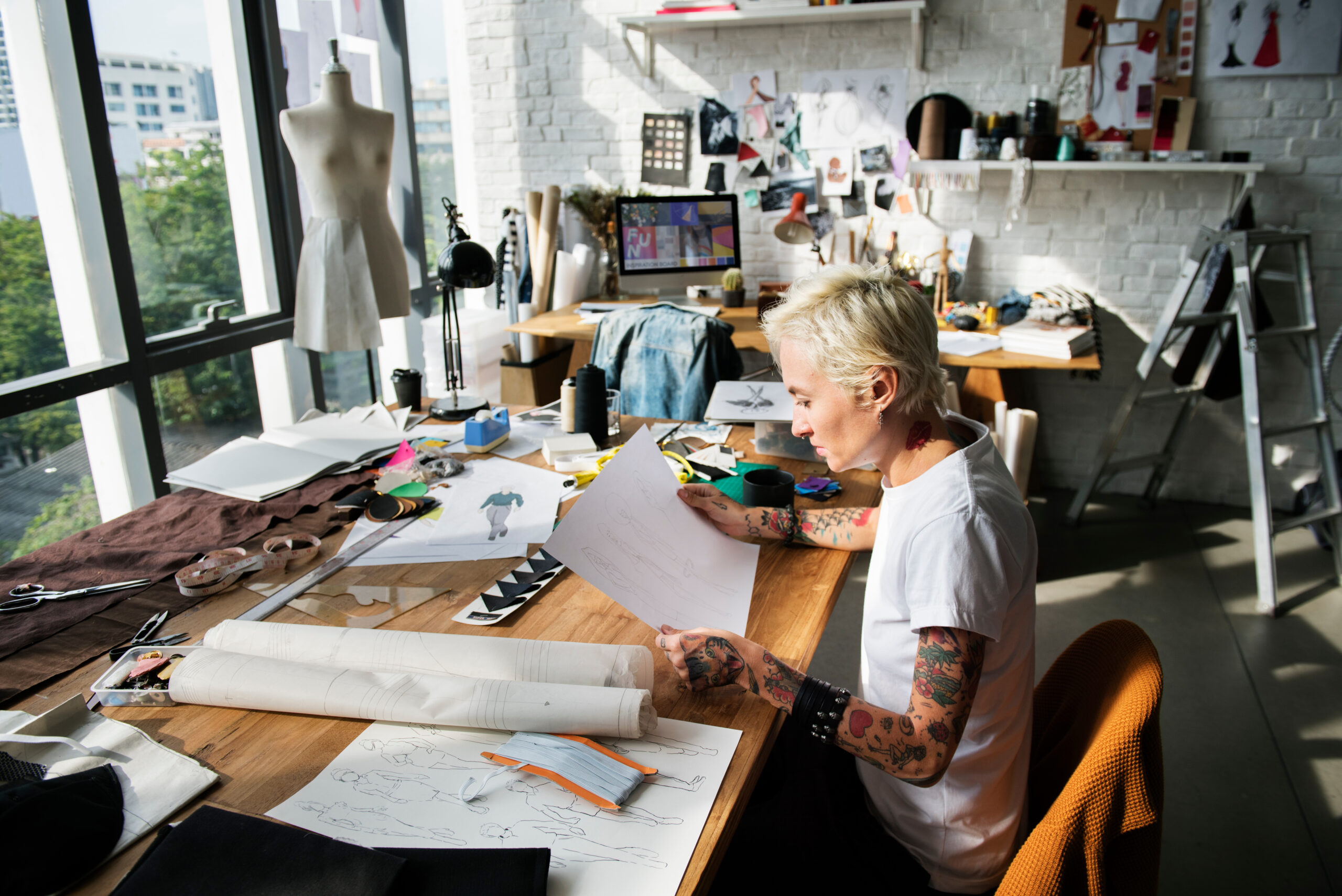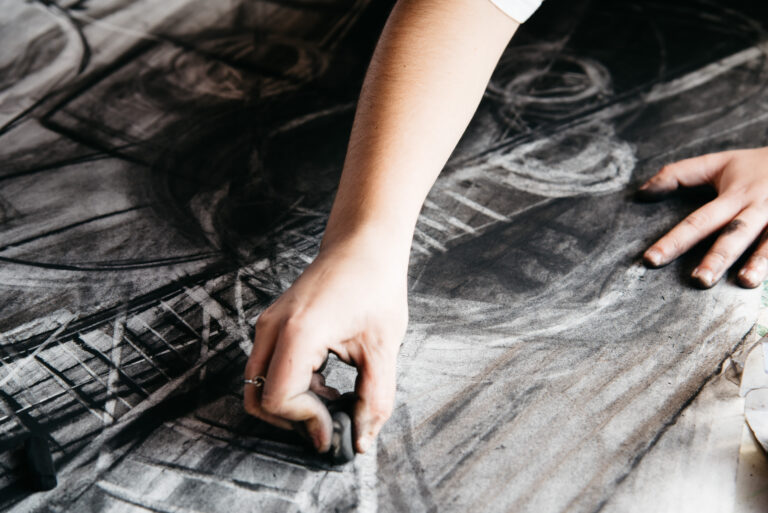Artist residencies are one of the key steps towards becoming a professional artist. And yes, an artist residency is prestigious and will burnish your all-important artist CV.
But they are also a chance to develop your art practice, build your skills as an art educator, engage with a diverse community of art enthusiasts and contribute to civic organizations.
So how do you become an artist-in-residence?
What are artist residencies?
Artist residencies are a form of grant or award that enables artists to freely explore their art without the strain of financial worries. Often, resident-artists are expected to teach classes or engage with local communities, as well as take time to work on their craft. Non-profit organizations, museums, art institutes and even wealthy individuals fund artist residencies.
Most artist residencies begin with an open competition, with the hosting institution setting out guidelines for the type of artists they seek. The funding organization may limit applicants by medium, genre, level of experience, or demographics (such as women or people of color).
The duration of art residencies ranges from a few weeks or months to a full year. Some artist residencies come with a stipend or salary, the scale of which depends on the hosting institution’s finances and the resident-artists’ experience and renown. Alternatively, other artist residencies require the artists themselves to pay for the opportunity (or find funding).
Despite its name, an artist residency doesn’t always require you to reside on the premises of a given institution. That said, most hosts will offer free accommodation onsite or nearby. Further, artist-residents enjoy a dedicated studio space, where they will be required to spend a certain amount of time working on a specific project.
What do you do during an artist residency?
The day-to-day activities of an artist-in-residence vary, depending on the size and mandate of the institution, its location and the requirements of the residency program. However, most artists find they undertake some combination of the following three activities during their residency.
Commissions
For some art institutes or organizations, an artist residency culminates in a significant commission for an artwork. The artist-in-residence spends time within an organization, learning its history and combing collections for inspiration on a work that fulfills the project’s goals and encapsulates the host institution’s mission.
The residency can mark a celebration or an anniversary or be part of a new theme or exhibition. Often, these landmark residencies are the most highly prized, and therefore the most competitive. But don’t be put off! Understanding the requirements of the residency and matching your skills or talents to the project goals are the keys to your success.

Education
Publicly-funded residencies will generally involve an element of teaching. Your residency may require you to hold workshops or classes, working with specific community groups. For example, you might be asked to work with children, those with particular needs, or other under-represented groups within the Artworld.
Mentoring
Artists working alone in their studio can struggle to find peers to work with and help develop their art practice. Fortunately, artist residencies that emphasize mentoring are an opportunity to develop your craft under the watchful eye of a more successful artist. Conversely, some residencies for more seasoned artists come with an expectation that they serve as mentors for other less experienced artists-in-residence or aspiring local artists.
Are artist residencies paid, unpaid or paid for?
Funding can be hard to come by within the Artworld, so expect to be paid little or nothing for an artist residency.
However, many will cover expenses and even offer free accommodation. If you cannot do it for free, you may find funding from an external source, or apply for a scholarship.
It is not unusual to be charged for applying or taking part. Artist residencies that charge for the residency are still highly competitive and organizers are unlikely to be making a profit.
If you’re wondering whether a particular art residency is worth the investment, talk to previous residents, both recent and those who can speak to the long-term benefits.
Length of residency
Residencies can last months, weeks, or even days. There are even some that will require a year of your time, particularly those overseas.
Before applying, ensure you have the time available and are willing to suspend your own art practice.
Why should you do an art residency?
An artist residency confers significant cachet. Even a small or lesser-known program will confirm your status as a professional artist.
From the standpoint of your CV, residencies carry as much weight as an exhibition. In fact, they may carry more, given their relative scarcity.
Spending a dedicated period on a subject will influence and further your art practice. So ensure you only apply for artist residencies that spark your interest and meet your long-term goals.
Applying to be an artist in residence: what to expect
Each residency is looking for something different. What it means to be an ideal candidate will vary from one institution to the next, as each hosting institution ultimately seeks out artists who match their mission and project goals.
Typically, the competition is fierce, and the application process can be long and complicated. For those seeking a resident artist, the sheer thoroughness of the application weeds out those less serious while supplying plenty of information on applicants. There may be several stages of application, with a shortlist and additional work or interview.
TIP: Look into previous resident artists if you’re applying to a regular program. But beware: organizers may want something completely different during this application cycle.
What are artist residencies looking for in candidates?
First, any host wants someone who will take the residency seriously and complete it. Some programs may require specific skills – for example, those of a sculptor or painter. Others may want someone from a geographical area, demographic or age group.
Ultimately, whatever the the skills and characteristics of the successful applicant, what a host institution is looking for is someone who can accomplish their objectives.
Among the most common goals of an art residency are:
Capturing History
An anniversary of an institution, event or city is a common reason for an artist residency. It is more likely to involve the local community and require research into an element of the past.
New ways to present artwork
Museums and public art galleries are often looking for new ways to present their collection. For that reason, they may ask an artist-in-residence to reframe their collection or use it as inspiration for a new work.
Raising Awareness
A residency might be looking for work that raises awareness of an environmental or social issue, or highlights a change in a local community. The subject might be international, national or local in theme.
Read the small print before you draft an application, and don’t be afraid to ask questions. There is anecdotal evidence that asking questions will bring your application to the top of the pile.
TIP: If you have a unique or rare skill, look for residencies that match.
What are you looking for in an artist residency?
Before applying for a residency, you should have a clear idea of what you want to achieve. It may be the subject matter you want to understand, the time and space to develop specific skills related to the purpose of the residency, the networking opportunities, visibility and prestige that comes with the residency. Or, you may simply want a pause and change of scenery to inspire new ideas.

TIP: Avoid applying for residencies simply to stuff your CV.
Organizing your own residency
If you work closely with an institution or organization, it may be worth speaking to those who run it or own it, such as a board of governors. You will need a clear idea of why you are offering yourself as an artist-in-resident, what skills you can bring to the institution, and a specific project you could accomplish during your stay. In short, you will need to produce the same information you would for a standard art residency application.
What institutions might host a residency?
- Schools and colleges
- Museums and galleries
- Town halls and other public buildings
Possible opportunities for artist residencies
- Anniversaries
- Events
- Exhibitions
- Refurbishments
- Expansions
- New ownership
- Publicity
Art Residencies in 2024
There are thousands of residencies on offer in 2024, but there are specific websites, such as CaFE and Res Artis, that aim to bring all opportunities together. To whet your appetite, here are a few opportunities, for up to date information on fees and accommodation follow the links.
NOTE: Many of these residencies are annual, so even if you have missed the deadline for 2024 programs, look out for dates for 2025.
PILOTENKUECHE January – March 2025
Location Leipzig, Germany
Duration: three months
Closing: rolling programme
Germany has declared Leipzig as its art capital. This independent project is run by artists and brings together 12 artists working in disciplines and runs quarterly. Held in a converted old barbed wire factory and includes a preview exhibition or open studio.
Printmaking Barcelona Open Call Autumn and Winter
Location: Barcelona, Spain
Closing date 28 February
Duration from two weeks – two months
Aimed at printmakers, artists can set up shop in a dedicated space in the center of Barcelona. The studio is used by artists to develop their works in the field of chalcographic engraving. Using essential techniques such as etching, aquatint, mezzotint, carbourundum among others.
Open Residency Program May, 2024
Location: Cow House Studios, Ireland
Duration of residency April 29 – May 12, 2024
This two-week residency will take its artists away from the distractions of everyday life to focus on their practice. Mediums include everything from theatre-makers and writers to painters and visual artists.
Fees and support: €1040 – there’s a 25 percent discount for students and teachers.
Arts Letters & Numbers was Artist Residency Winter/Spring 2024
Closes: March 15 2024
Location: US
Duration: between one and 12 weeks
Arts Letters & Numbers was founded in 2011 and has brought together artists from a wide range of disciplines, to develop, create and share work. The artists in residence can be from any discipline and take part in lectures, workshops, exhibitions and performances.
Fees for accommodation range start at $300 per week.
Dorland Mountain Arts Residency Program Summer Residencies
Location: California, US
Closes: March 31 2024
Duration: up to six weeks
Dorland Mountain Arts Residency sits near Temecula Valley Wine Country in California and is designed to offer a secluded working retreat for national and international artists, writers, musicians and composers. There are extensive grounds, well-equipped studios and stunning views to get your creative juices flowing.
Residency fees are $350-$625 per week with discounts for residencies of four or more weeks.
Visual Arts: Banff Artist in Residence – Summer 2024
Location: Alberta, Canada
Closes: April 10, 2024
Duration: five weeks
The Summer Banff Artist in Residence (BAiR) 2024 program is designed to offer visual artists the time, space, and resources to engage in intensive, self-directed research and studio practice.
Watershed Studio
Location: Ireland
Closes December 31 2024
Duration: 1-3 months
Held in a converted fish factory and old Hay shed, the residency is designed for all types of artists. Artists will be expected to take part in an exhibition, open house or an artist talk during their stay.
The residency hosts 6-9 artists and includes living space in nearby cottages.
Byrdcliffe Arts Colony Winter Cottage AIR Open Call
Location: Woodstock, NY
Closes: rolling
Duration: 3-12 months
This art residency forms part of the Byrdcliffe Arts Colony founded in 1902 in Woodstock. The residency welcomes artists in multiple disciplines – including writing, visual arts, composers, film makers, playwrights, and more. There are opportunities for artist talks, workshops at the Kleinert James Gallery and or the Byrdcliffe historic theater. Prices range from $900- $2,800.
Palazzo Monti Residency
Location: Brescia, Italy
Closes: March 29 2024
Duration: One month
Join other resident artists in the grand surrounds of the Palazzo Monti, at this residency designed for artists to share ideas be inspired. Events include open studios, group shows and talks. Organizers also ask for a piece of artwork created while in residence to be donated to Palazzo Monti’s public collection.
There is a €25 application fee paid upfront with further information on their website.
Horse and Art Research Program
Location: Hungary
Closes: March 31 2024
Duration: Two weeks
A very specific residency aimed at combining art with equine knowledge. Organisers are looking for artists, art historians and researchers, who are interested in the place of the horse in art. Workshops include theory, lectures, talks and discussions, daily practice and lessons of horsemanship, horse archery and riding, as well as there is an opportunity to make studio-based work. All participants are expected to give a talk on their work and exhibit in the gallery space. The fee for residency is 850 euro.
Artist residencies are a vital step on your path to becoming a professional artist. Discover more on our blog of how to become successful artist.







